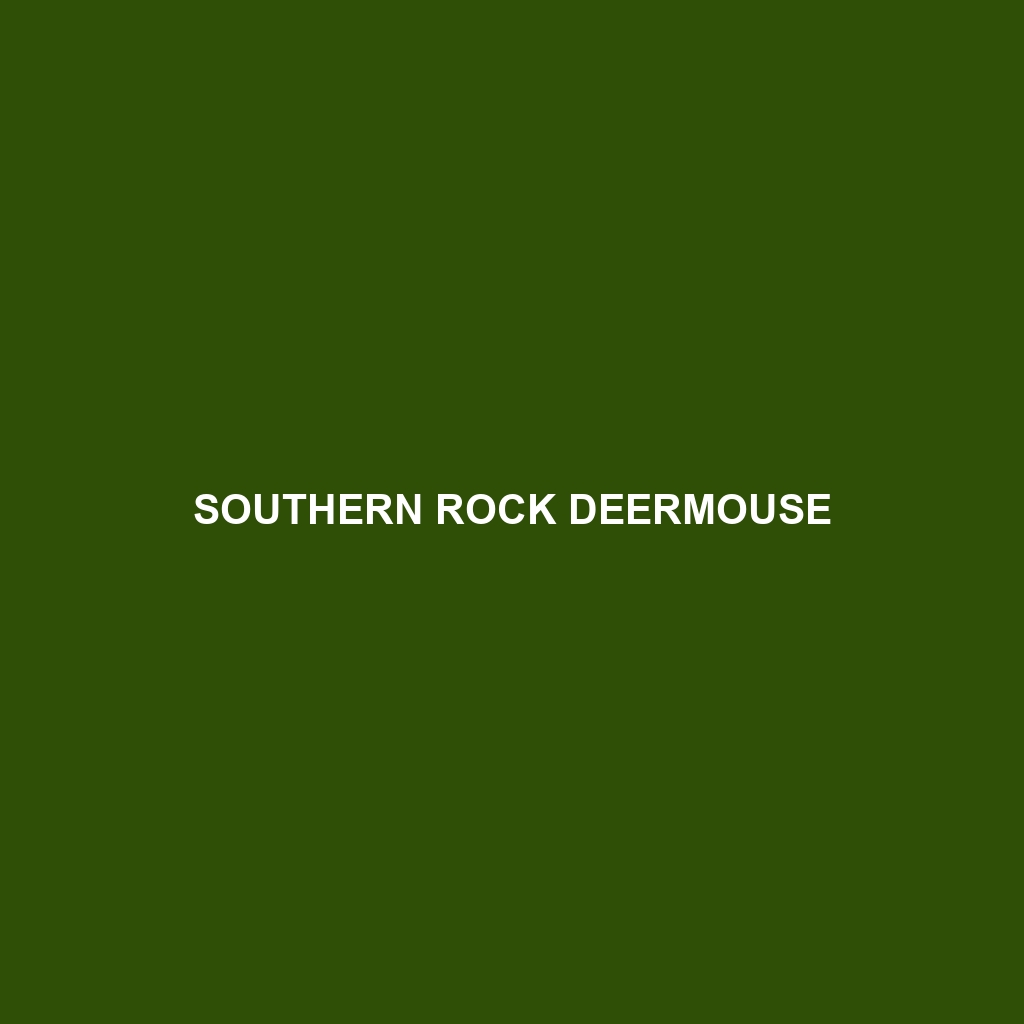<b>Phrynosoma blainvillii</b>, commonly known as Blainville’s horned lizard, is a distinctive insectivore from arid regions of western North America, recognized for its flattened body, spiny scales, and prominent horns. This species thrives in sandy scrublands and grasslands, playing a crucial ecological role by controlling insect populations while exhibiting unique behaviors, such as blood expulsion to deter predators.
Tag: chaparral ecosystems
Southern Rock Deermouse
Discover the intriguing world of the Southern Rock Deermouse (*Peromyscus maniculatus*), a fascinating species thriving in the rocky terrains of the southwestern United States and northern Mexico. With its remarkable climbing abilities, nocturnal habits, and crucial role in seed dispersal, this agile rodent not only adapts to harsh environments but also supports the delicate balance of its ecosystem. Learn more about its habitat, diet, conservation status, and unique behaviors in our latest blog post.
Southern Rock Deermouse
Discover the intriguing world of the Southern Rock Deermouse (*Peromyscus maniculatus*), a fascinating species thriving in the rocky terrains of the southwestern United States and northern Mexico. With its remarkable climbing abilities, nocturnal habits, and crucial role in seed dispersal, this agile rodent not only adapts to harsh environments but also supports the delicate balance of its ecosystem. Learn more about its habitat, diet, conservation status, and unique behaviors in our latest blog post.
Southern Rock Deermouse
Discover the intriguing world of the Southern Rock Deermouse (*Peromyscus maniculatus*), a fascinating species thriving in the rocky terrains of the southwestern United States and northern Mexico. With its remarkable climbing abilities, nocturnal habits, and crucial role in seed dispersal, this agile rodent not only adapts to harsh environments but also supports the delicate balance of its ecosystem. Learn more about its habitat, diet, conservation status, and unique behaviors in our latest blog post.



